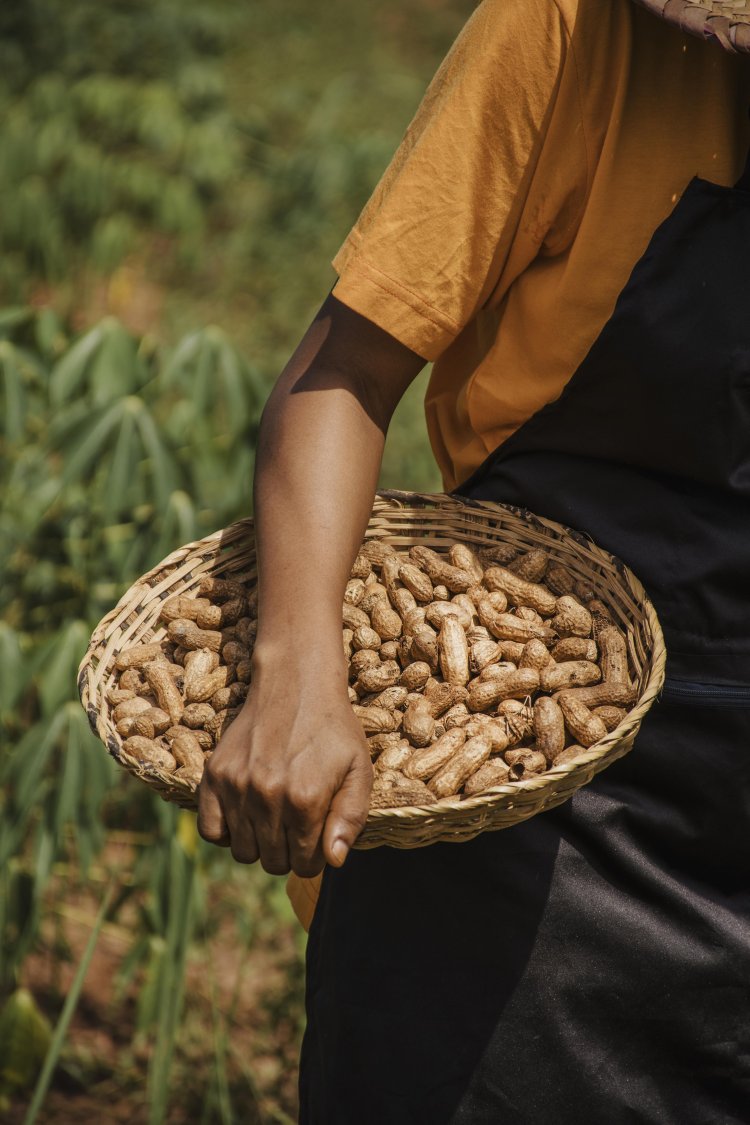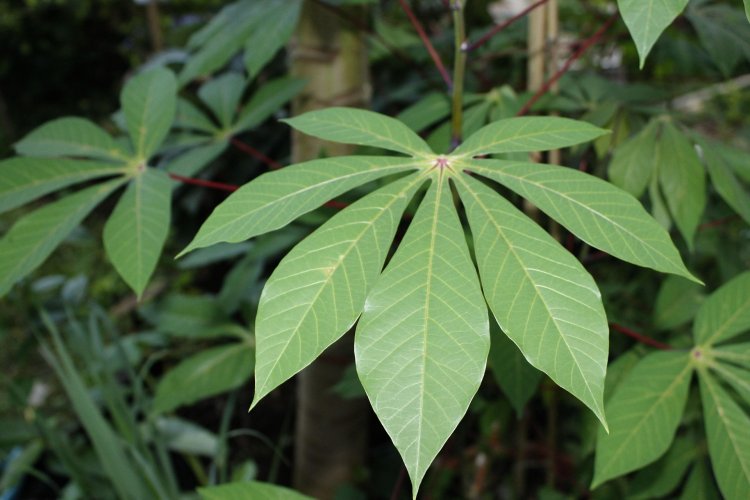Can These Game-Changing Cassava Processing Secrets Skyrocket Your Success?
Discover cassava processing secrets to boost quality and profits. Learn expert tips for harvesting, peeling, fermenting, and creating niche products like flour and snacks.

Cassava is more than a staple—it’s a goldmine for farmers, processors, and entrepreneurs who know how to unlock its potential. From high-demand flour to industrial starch, the key to turning cassava into profit lies in mastering processing techniques that prioritize quality, efficiency, and innovation. In this exclusive guide, we reveal lesser-known strategies and cutting-edge tips to elevate your cassava processing, helping you stand out in a booming market. Ready to transform your operations? Let’s dive into the secrets that no one else is talking about.
Why Cassava Processing Is Your Ticket to Success
Cassava’s versatility makes it a global powerhouse, but poor processing can lead to wasted potential, low-quality products, and missed opportunities. By refining your approach, you can create safe, shelf-stable, and market-ready products like garri, fufu, flour, or even bioethanol. These insider tips will help you minimize losses, boost yields, and capture the attention of buyers worldwide.
 cassava processing
cassava processing
- Hack Harvest Timing for Peak Quality
The foundation of great cassava products starts in the field. Get this wrong, and no amount of processing can save you.
Precision timing: Harvest at 10-14 months for optimal starch content (varies by cultivar). Test a few roots for firmness and starch density before full harvest.
Gentle extraction: Use forked tools to lift roots without cuts or bruises, which accelerate spoilage and reduce usable yield.
Rapid transfer: Move harvested roots to processing within 24 hours to preserve freshness and prevent starch degradation.
Insider Hack: Map your harvest schedule to local weather patterns—avoid rainy days to reduce mud contamination and drying challenges.
- Revolutionize Peeling with Hybrid Techniques
Peeling is labor-intensive, but blending manual and mechanical methods can save time while preserving quality.
Hybrid peeling: For medium-scale operations, combine manual pre-peeling (for irregular roots) with low-cost abrasive peelers to cut labor costs by up to 30%.
Skin valorization: Don’t discard peels—process them into high-protein livestock feed or biochar to create a secondary revenue stream.
Post-peel soaking: Soak peeled roots in a 0.5% citric acid solution for 10 minutes to enhance whiteness and reduce microbial growth.
Insider Hack: Experiment with steam-assisted peeling for large-scale setups—it softens the skin for easier removal without water waste.
- Turbocharge Grating with Smart Calibration
Grating sets the stage for texture and product consistency, yet it’s often overlooked.
Dynamic grating: Use variable-speed graters to adjust particle size based on the end product—finer for flour, medium for garri.
Pre-grating prep: Lightly steam roots for 5-7 minutes before grating to soften fibers and improve mash uniformity.
Moisture balance: Maintain a 60-65% moisture content in the mash to optimize fermentation and drying.
Insider Hack: Install a mesh filter at the grater’s output to catch oversized particles, reducing milling time later.

garri
- Unlock Fermentation’s Hidden Potential
Fermentation isn’t just about detoxifying cassava—it’s a flavor and quality game-changer.
Microbe boost: Introduce a natural starter (like whey or yogurt culture) to shorten fermentation to 36-48 hours while enhancing tangy notes in garri.
Temperature control: Keep fermentation tanks at 28-32°C using insulated covers or low-cost solar heaters to stabilize microbial activity.
Press smarter: Use screw presses with adjustable pressure settings to extract water without crushing the mash’s structure.
Insider Hack: Test small batches with seaweed-based enzymes to accelerate detoxification, cutting fermentation time by 20% without compromising safety.
- Reinvent Drying with Dual-Phase Systems
Drying is where many processors lose quality. A dual-phase approach can change that.
Phase 1: Flash drying: Use hot air blowers for the first 2 hours to rapidly reduce moisture to 30%, locking in color and nutrients.
Phase 2: Solar finishing: Complete drying on elevated, UV-protected racks to maintain flavor while cutting energy costs.
Quality check: Use a handheld moisture meter to ensure final products hit 8-10% moisture for maximum shelf life.
Insider Hack: Add reflective panels around solar dryers to boost heat capture by 15%, speeding up drying without extra costs.
- Mill Like a Pro for Market-Ready Finishes
Milling and sieving turn your cassava into a premium product that commands higher prices.
Multi-stage milling: Run dried cassava through a coarse mill first, then a fine mill to achieve a silky texture (0.1-0.3 mm for flour).
Vibratory sieving: Use vibrating sieves with 120-mesh screens to remove impurities and ensure a polished final product.
Instant packaging: Seal milled products in vacuum bags within 2 hours to prevent moisture reabsorption.
Insider Hack: Add a magnetic separator before milling to remove metal contaminants, ensuring food safety and protecting equipment.

- Create Niche Products for Untapped Markets
Stand out by targeting high-value, underserved markets with unique cassava products.
Cassava protein powder: Extract protein from cassava leaves and blend with root flour for a nutrient-dense superfood.
Cassava-based snacks: Develop extruded cassava chips with natural spices for the growing healthy snack market.
Biodegradable packaging: Use cassava starch to create eco-friendly packaging, tapping into the sustainability trend.
Insider Hack: Partner with local chefs to co-create cassava-based recipes, boosting brand visibility and product appeal.
- Leverage Data for Continuous Improvement
Processing isn’t static—use data to refine your methods and stay ahead.
Track KPIs: Monitor yield per hectare, processing losses, and energy costs to identify inefficiencies.
Adopt IoT: Install low-cost sensors to track fermentation pH and drying temperatures in real-time, reducing human error.
Customer feedback loop: Collect buyer input on product texture, taste, and packaging to tailor future batches
.Insider Hack: Use free mobile apps to log processing data, creating a digital record that helps you spot trends and optimize over time.
Pitfalls to Dodge
- Over-fermentation: Too long, and your product turns sour. Stick to precise timelines and test pH regularly.
- Equipment neglect: Dirty or dull machines lower efficiency. Schedule weekly maintenance to keep gear in top shape.
- Market disconnect: Don’t process in a vacuum—align your products with local and global demand trends.
Conclusion
Cassava processing is your gateway to profitability, sustainability, and innovation, but only if you embrace these game-changing secrets. From hybrid peeling to data-driven optimization, these strategies will help you produce top-tier products that dominate the market. Start small, experiment boldly, and watch your cassava venture soar to new heights!
Call to Action: What’s one cassava processing challenge you’re facing? Drop it in the comments, and let’s brainstorm a solution together!
What's Your Reaction?





















